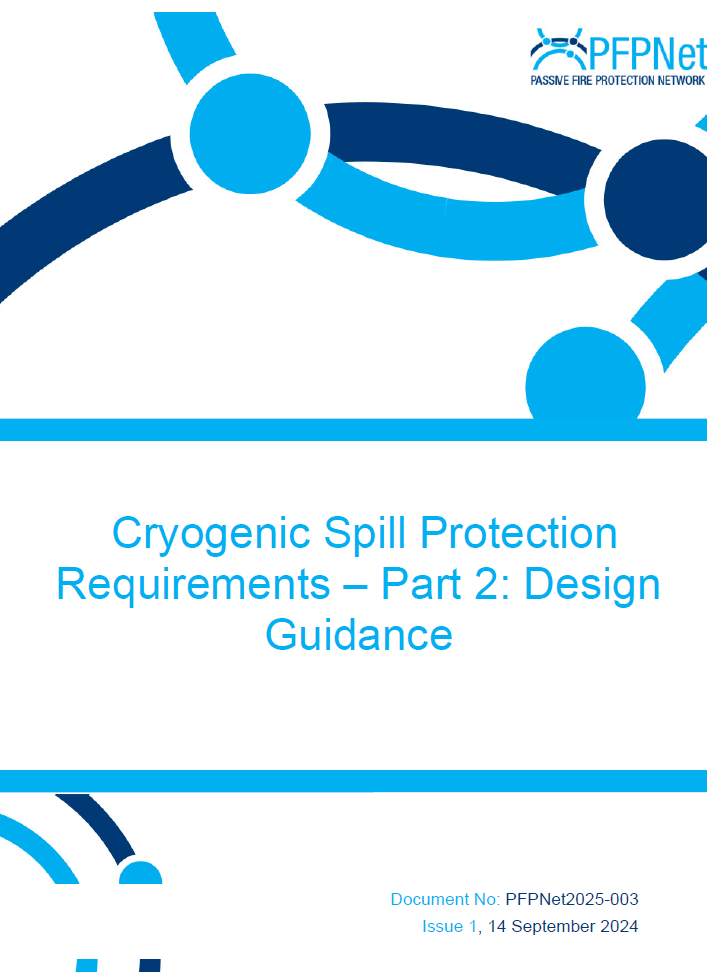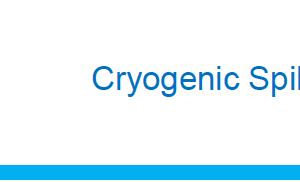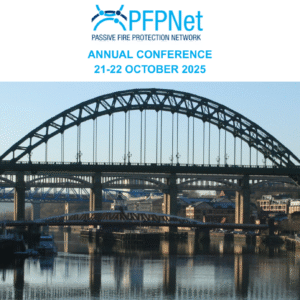CSP Requirements Part 2: Design Guide
£495.00
This document introduces the hazards associated with cryogenic substances, the different types of
cryogenic releases (with direct link to the ISO 20088 series), and goes through several cryogenic risk
assessment methods that can provide the cryogenic spill protection (CSP) specification across the
asset. It also introduces the structural mechanics and materials factors that govern the performance of
an exposed structural element.
Note: the purchased PDF will be password protected with the email address used when making the purchase
Description
Cryogenic substances are not uncommon in processing facilities across industry sectors such as
energy, marine, food, etc. As these substances operate at very low temperatures, they introduce new
hazards that need to be risk assessed and managed as part of the design process.
The components processing these cryogenic substances in normal conditions will be designed to
handle cryogenic temperatures for safe operations. However, a loss of containment (LOC) from any
cryogenic component can lead to a cryogenic spill that exposes the Safety and Environmental Critical
Elements (SECE) made of carbon steel to temperatures that can result in their brittle fracture. The
consequences of a brittle fracture can be critical for people and businesses, as the effects of an initially
“small” LOC can escalate to a Major Accident Hazard (MAH). Such effects can range from impaired
structural integrity of the SECEs (e.g. collapse), to additional LOCs, impairment of escape routes, and
increased property damage due to subsequent fire or explosion following a cryogenic spill.
This document introduces the hazards associated with cryogenic substances, the different types of
cryogenic releases (with direct link to the ISO 20088 series), and goes through several cryogenic risk
assessment methods that can provide the cryogenic spill protection (CSP) specification across the
asset. It also introduces the structural mechanics and materials factors that govern the performance of
an exposed structural element.
This guidance covers cryogenic spill design methods applicable to Concept, FEED and Detailed Design,
their basis, and presents them in increasing order of complexity. However, all the methods result in a
CSP thermal load specification for all the SECEs within the facility, and address the following key
questions:
a) Does the SECE require CSP protection?
b) What type of cryogenic load should be the SECE be protected against?
c) For how long will the SECE be exposed?
The document also details the structural factors that should be assessed to evaluate the structural
response, and provides various options of materials available for CSP protection and then, finally, the
aspects to consider for cryogenic coat-backs in the context of a subsequent fire.
The intent of the authors has been to provide a holistic view of cryogenic spill risk management and
CSP mitigating measures to a broad audience, including operators, regulators, EPC, manufacturers,
insurers and others, While the document does not advocate for any particular cryogenic substance,
LNG has been used as a reference. While this guidance document does not encompass all aspects of
cryogenic spill risk management and CSP, it serves as a valuable starting point for understanding
cryogenic spill risk.




